Understanding Chiropractic Treatment for Knee Pain
Explore how chiropractic treatment can effectively manage knee pain and enhance mobility. This article explains the techniques used, the benefits of chiropractic care, and what to expect during sessions.
Learn how targeted adjustments and therapies can alleviate discomfort and support overall joint health, helping you achieve better function and well-being.
Common Causes of Knee Pain
Knee pain can arise from various causes, including injuries, overuse, and chronic conditions. Common causes include ligament sprains, meniscus tears, and tendonitis. Conditions like osteoarthritis and rheumatoid arthritis also contribute to knee pain. Misalignment of the spine and other joints can impact knee function, leading to discomfort.
How Chiropractic Care Addresses Knee Pain?
Chiropractic care addresses knee pain through spinal adjustments and joint manipulation to restore proper alignment and reduce stress on the knee. Chiropractors evaluate the entire musculoskeletal system, identifying misalignment or dysfunctions that may contribute to knee pain.
They use techniques such as manual adjustments, soft tissue therapy, and rehabilitative exercises to improve joint function, reduce inflammation, and relieve pain.
Types of Knee Pain Treated by Chiropractors
Chiropractors treat various types of knee pain, including acute injuries like sprains and strains, as well as chronic conditions such as osteoarthritis and patellofemoral pain syndrome. They address issues related to joint misalignment, muscle imbalances, and improper bio-mechanics.
By targeting the underlying causes of knee pain and implementing comprehensive treatment plans, chiropractors help improve mobility, reduce discomfort, and support recovery, providing relief for a wide range of knee pain conditions.
Osteoarthritis
Osteoarthritis is a common cause of knee pain characterised by the gradual degeneration of cartilage within the joint. This condition leads to pain, stiffness, and reduced mobility.
Chiropractors manage osteoarthritis by focusing on improving joint alignment, enhancing joint function, and reducing inflammation. They may use spinal adjustments, manual therapy, and specific exercises to alleviate symptoms and support overall knee health.
Rheumatoid Arthritis
Rheumatoid arthritis (RA) is an autoimmune condition that causes inflammation in the knee joint, leading to pain, swelling, and stiffness. Chiropractors help manage RA by addressing joint misalignments and improving overall joint function.
They use gentle adjustments and therapeutic techniques to reduce inflammation and support the body’s natural healing processes.
Meniscal Injury
Meniscal injuries occur when the cartilage in the knee, known as the meniscus, is torn or damaged. This injury causes pain, swelling, and limited movement. Chiropractors treat meniscal injuries by improving joint alignment and reducing stress on the knee.
They employ techniques such as manual therapy and specific exercises to enhance function and support recovery.
Patellar Tendonitis
Patellar tendonitis, or jumper’s knee, involves inflammation of the tendon connecting the kneecap to the shinbone. This condition causes pain and tenderness around the knee.
Chiropractors address patellar tendonitis by using adjustments and soft tissue therapies to relieve tension and improve joint function. They may recommend stretching and strengthening exercises to support the tendon and reduce pain.
ITBS
Iliotibial band syndrome (ITBS) is a condition where the iliotibial band, a thick band of tissue running along the outer thigh, becomes irritated and inflamed. This causes pain on the outside of the knee.
Chiropractors treat ITBS by addressing biomechanical issues and improving joint alignment. They use techniques such as stretching, soft tissue therapy, and adjustments to reduce inflammation and relieve pain.
Osgood-Schlatter Disease
Osgood-Schlatter disease is a condition that causes pain and swelling just below the knee, where the patellar tendon attaches to the tibia. It commonly affects adolescents during growth spurts.
Chiropractors manage this condition by focusing on alignment and reducing stress on the knee. They use adjustments and therapeutic exercises to improve joint function and alleviate pain.
Referred Pain
Referred pain occurs when discomfort felt in the knee originates from another area of the body, such as the lower back or hips. Chiropractors assess the entire musculoskeletal system to identify the source of referred pain.
They use adjustments and other therapies to address underlying issues affecting the knee. By treating the root cause, chiropractors help alleviate knee pain and improve overall function, offering a comprehensive approach to managing referred pain.
Symptoms of Knee Pain and When to See a Chiropractor
Symptoms of knee pain include aching, swelling, stiffness, and limited range of motion. You should see a chiropractor if knee pain persists despite rest, worsens with activity, or is accompanied by other symptoms like instability or locking.
Chiropractors can assess your condition, identify underlying issues, and provide appropriate treatment. Early intervention helps manage pain, improve function, and prevent further complications, ensuring effective relief and support for knee health.
Chiropractic Techniques for Knee Pain Relief
Chiropractic techniques for knee pain relief focus on aligning the spine and joints to reduce pressure, improve mobility, and alleviate discomfort. Techniques like manual adjustments, soft tissue therapy, and exercises target the root cause for lasting relief.
Manual Manipulation
Manual manipulation involves using hands-on techniques to adjust and realign joints in the knee and surrounding areas. Chiropractors use precise movements to relieve tension, improve mobility, and restore proper function.
This technique helps reduce pain and inflammation by addressing misalignments and enhancing joint mechanics. By focusing on the musculoskeletal system, manual manipulation supports the body’s natural healing processes, promoting relief from knee pain and improving overall joint health and flexibility.
Traction
Traction is a chiropractic technique that involves gently stretching the knee joint to relieve pressure and improve alignment. This method helps reduce pain by decreasing compression on affected areas and enhancing joint mobility.
Traction can alleviate tension in muscles and tissues surrounding the knee, promoting better function and reducing discomfort. Chiropractors use traction in combination with other therapies to enhance the effects of treatment and support knee pain relief and recovery.
Ultrasound
Ultrasound therapy uses sound waves to penetrate deep tissues in the knee, providing therapeutic effects such as reducing inflammation and promoting healing. The sound waves generate heat, increasing blood flow and relaxing muscles.
This non-invasive treatment helps alleviate knee pain by enhancing tissue repair and reducing swelling. Chiropractors use ultrasound to target specific areas, complementing manual adjustments and other therapies.
Electrotherapy
Electrotherapy involves using electrical impulses to stimulate muscles and nerves around the knee. This therapy reduces pain and inflammation by promoting blood flow and releasing endorphins. Chiropractors use electrotherapy to complement manual treatments, targeting specific areas for relief.
It can help improve muscle strength and function while alleviating discomfort. Electrotherapy is a non-invasive technique that supports knee pain management by enhancing the body’s natural healing processes and improving overall joint health.
Cold Laser Treatment
Cold laser treatment uses low-level laser light to penetrate tissues and promote healing in the knee. This therapy reduces inflammation and pain by stimulating cellular activity and increasing blood circulation.
Chiropractors use cold laser treatment to target specific areas, enhancing the effects of manual adjustments and other therapies. The treatment supports tissue repair and reduces discomfort, which is a non-invasive approach to managing knee pain and improving mobility and overall joint function.
Infrared Sauna Therapy
Infrared sauna therapy uses infrared light to produce heat, which penetrates deep into tissues and helps alleviate knee pain. The heat increases circulation and relaxes muscles, reducing stiffness and inflammation.
Chiropractors may recommend infrared sauna therapy as a complementary treatment to enhance recovery and support joint health. This therapy aids in detoxification and relaxation, promoting better mobility and pain relief.
It provides a soothing environment that supports the body’s natural healing processes.
Home Exercise Program
A home exercise program focuses on strengthening and stabilising the knee joint. Chiropractors develop personalised exercise plans to support recovery and prevent future injuries.
These exercises often include stretching, strengthening, and balance activities. Regularly performing these exercises at home can improve knee function, enhance flexibility, and reduce pain.
Benefits of Choosing Chiropractic Care for Knee Pain
Chiropractic care offers effective solutions for knee pain by addressing the root causes of discomfort. Chiropractors use non-invasive techniques such as manual adjustments and therapies to restore proper alignment and function.
This approach reduces pain and improves mobility. Chiropractic care supports the body’s natural healing processes, offering a holistic way to manage knee pain.
Pain Relief and Improved Mobility
Chiropractic care provides significant pain relief and improved mobility for individuals suffering from knee pain. Through precise adjustments and targeted therapies, chiropractors address misalignments and joint dysfunctions that contribute to discomfort.
These interventions alleviate pressure on the knee, reducing inflammation and enhancing joint movement. As a result, patients experience less pain and greater ease of movement.
Holistic Approach and Non-Invasive Treatment Options
Chiropractic care offers a holistic approach to knee pain by considering the entire musculoskeletal system. Chiropractors use non-invasive techniques like adjustments, manual therapies, and complementary treatments to address underlying issues.
This approach focuses on restoring balance and function without surgery or medications. Chiropractic care enhances the body’s natural healing capabilities, providing safe and effective relief for knee pain.
What to Expect During Your Chiropractic Visit
During a chiropractic visit, expect a comprehensive evaluation of your knee and overall musculoskeletal system. The chiropractor will discuss your symptoms, medical history, and lifestyle factors. They will perform physical assessments and possibly order imaging studies to identify the root causes of knee pain.
Based on the findings, the chiropractor will create a personalised treatment plan, which may include adjustments, manual therapies, and exercise recommendations. This plan aims to alleviate pain, improve function, and support long-term recovery.
Normalised Joint Function
Chiropractic care helps normalise joint function by addressing misalignments and dysfunctions that contribute to knee pain.
Chiropractors use targeted adjustments and therapies to restore proper joint mechanics, reducing stress and improving movement. This normalisation supports better joint health, reducing pain and enhancing overall mobility.
Reduced Joint Inflammation
Chiropractic care effectively reduces joint inflammation, which is a common cause of knee pain. Chiropractors use techniques such as manual adjustments and soft tissue therapies to improve joint alignment and function, thereby decreasing stress on the knee.
These treatments enhance blood flow and promote healing, helping to reduce swelling and inflammation. By addressing the root causes of inflammation, chiropractic care provides long-term relief from pain and discomfort, supporting improved joint health and mobility.
Prevention of Joint Dysfunction
Chiropractic care plays a crucial role in preventing joint dysfunction by maintaining proper alignment and function of the knee. Regular adjustments and targeted therapies address misalignments and imbalances, reducing the risk of joint deterioration and related pain.
By enhancing joint stability and flexibility, chiropractic care helps prevent injuries and promotes optimal knee health.
Treatment of the Origin of the Pain
Chiropractic care focuses on treating the origin of knee pain rather than just the symptoms. Chiropractors perform thorough assessments to identify underlying causes such as misalignments, muscle imbalances, or joint dysfunctions.
They then use targeted adjustments, manual therapies, and personalised exercise programs to address these issues.
Risks and Considerations
While chiropractic care is generally safe, there are risks and considerations to keep in mind. Some patients may experience temporary soreness after adjustments. It is important to choose a qualified and experienced chiropractor to ensure safe treatment.
Certain conditions, such as severe osteoporosis or acute fractures, may require alternative treatments. Always consult with a healthcare provider before starting chiropractic care, especially if you have underlying health issues. Discuss any concerns with your chiropractor to ensure the best outcomes.
Choosing the Right Chiropractor for Knee Pain
Choosing the right chiropractor for knee pain involves researching their qualifications and experience. Look for chiropractors who specialise in treating musculoskeletal issues, particularly knee pain. Check for certifications and professional affiliations.
Consider reading patient reviews and testimonials to gauge their effectiveness and patient satisfaction. An initial consultation can help determine if the chiropractor’s approach aligns with your needs and expectations.
They Should Be Local
Selecting a local chiropractor offers convenience and facilitates regular appointments for consistent treatment. Being local allows easy access to follow-up visits and enables the chiropractor to better understand community-specific health concerns.
Proximity also helps build a strong patient-provider relationship, fostering trust and communication. Local chiropractors are often familiar with regional lifestyle factors that may influence knee pain, allowing them to tailor treatments more effectively to individual needs and circumstances.
Inquire About the Techniques They Use
When choosing a chiropractor for knee pain, inquire about the techniques they use in treatment. Different chiropractors may specialise in various methods such as manual adjustments, soft tissue therapies, or advanced modalities like ultrasound.
Understanding their approach helps you determine if it aligns with your needs and preferences. Ask about their experience with knee pain and any additional therapies they offer. Knowing their techniques ensures you receive the most appropriate and effective care for your condition.
Learn About the Conditions They Treat
When selecting a chiropractor, it is essential to learn about the conditions they treat. Look for chiropractors who specialise in knee pain and related musculoskeletal issues. Understanding their areas of expertise ensures they have experience addressing your specific concerns.
Ask about their success in treating conditions similar to yours, such as osteoarthritis, tendonitis, or sports injuries. This information helps you choose a chiropractor with the necessary skills and knowledge to provide effective treatment for your knee pain.
Check the Reviews from Existing Patients
Checking reviews from existing patients provides valuable insight into a chiropractor's effectiveness and patient satisfaction. Look for testimonials and ratings online to gauge the experiences of others who have received treatment for knee pain.
Pay attention to comments about the chiropractor's communication skills, professionalism, and treatment outcomes. Positive reviews can indicate a trustworthy and skilled practitioner, while negative feedback may highlight potential concerns. Patient reviews help you make an informed decision when choosing a chiropractor.
Why to Choose Physiotattva?
Choose Physiotattva for effective chiropractic care for knee pain relief, where our team of skilled experts is committed to your well-being. We emphasise safety and uphold the highest standards in every treatment, integrating advanced techniques to accelerate your healing process.
At Physiotattva’s clinics in Bangalore & Hyderabad, we offer personalised care tailored to your unique needs, ensuring comfort and effective results throughout your recovery journey. Whether you're seeking pain relief or improved mobility, our dedication to excellence and holistic health practices makes us the ideal choice to help you achieve your health goals with confidence and trust.
Don’t wait to start your recovery! Book your appointment today and let our chiropractic experts guide you to better knee health. Contact us to schedule your visit.




-Physiotherapy.webp)
-for-Shoulder-Pain-Relief.webp)
-for-Knee-Pain-Relief.webp)


-for-Back-Pain-Relief%20(1).webp)





.webp)










.webp)


.webp)

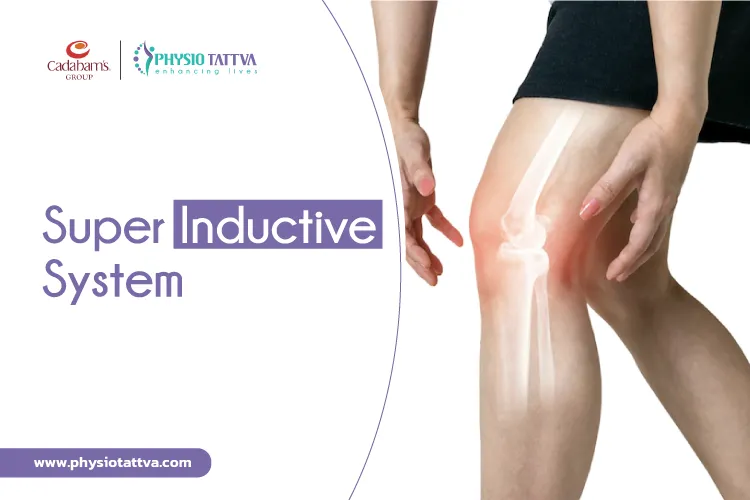



.webp)
.webp)


.webp)
.webp)

.webp)
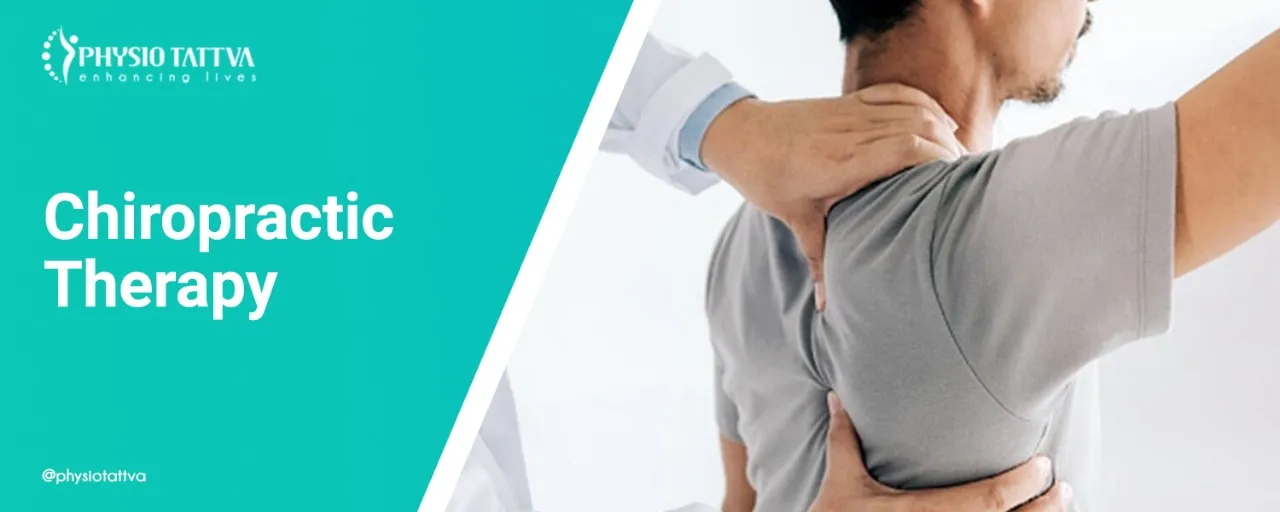
.webp)
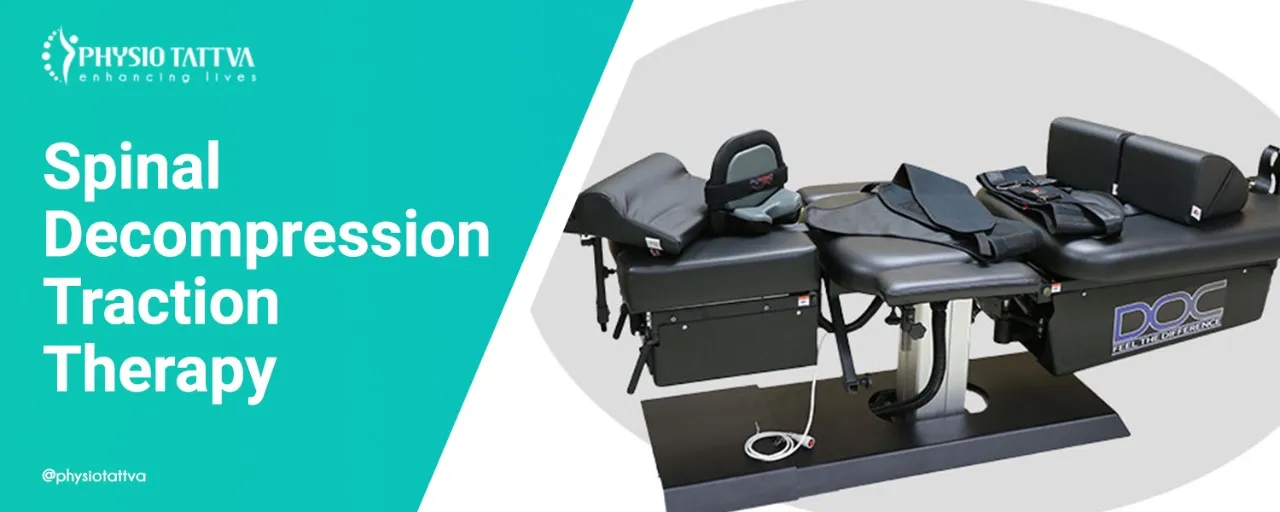
.webp)
.webp)
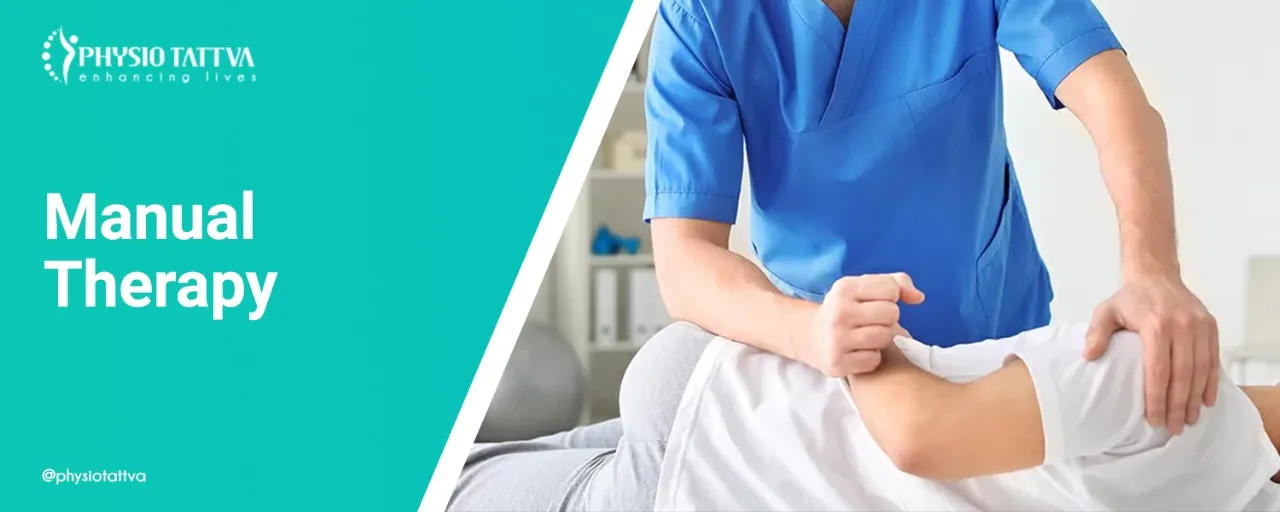
.webp)
.webp)
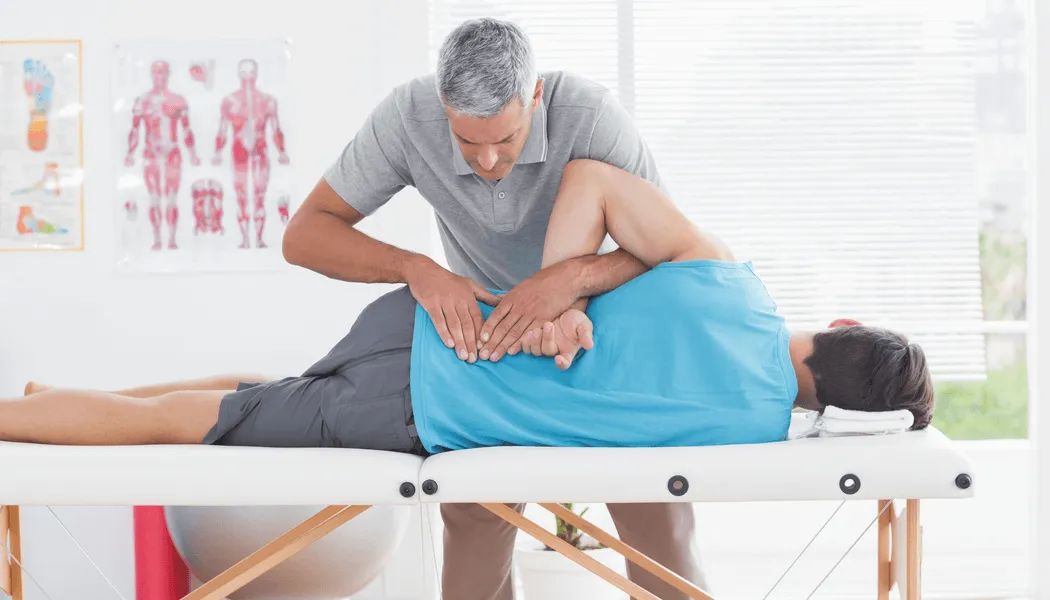


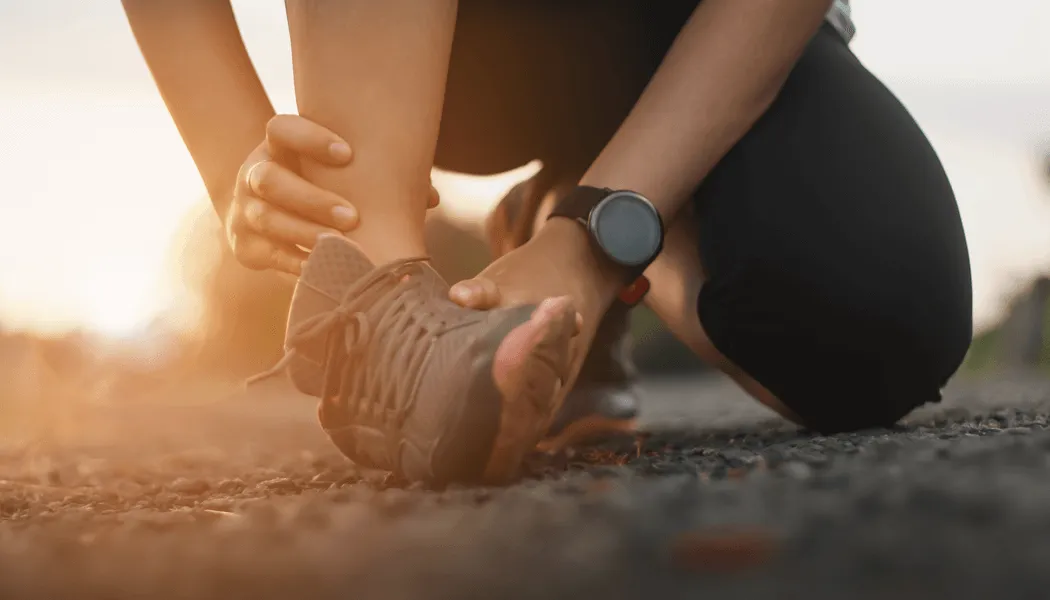

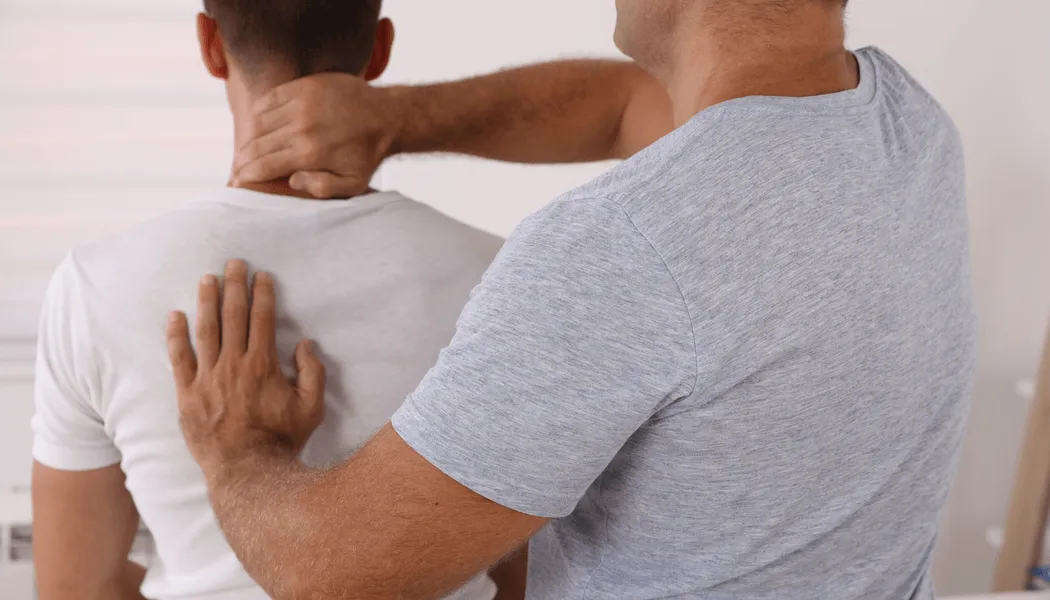



.webp)
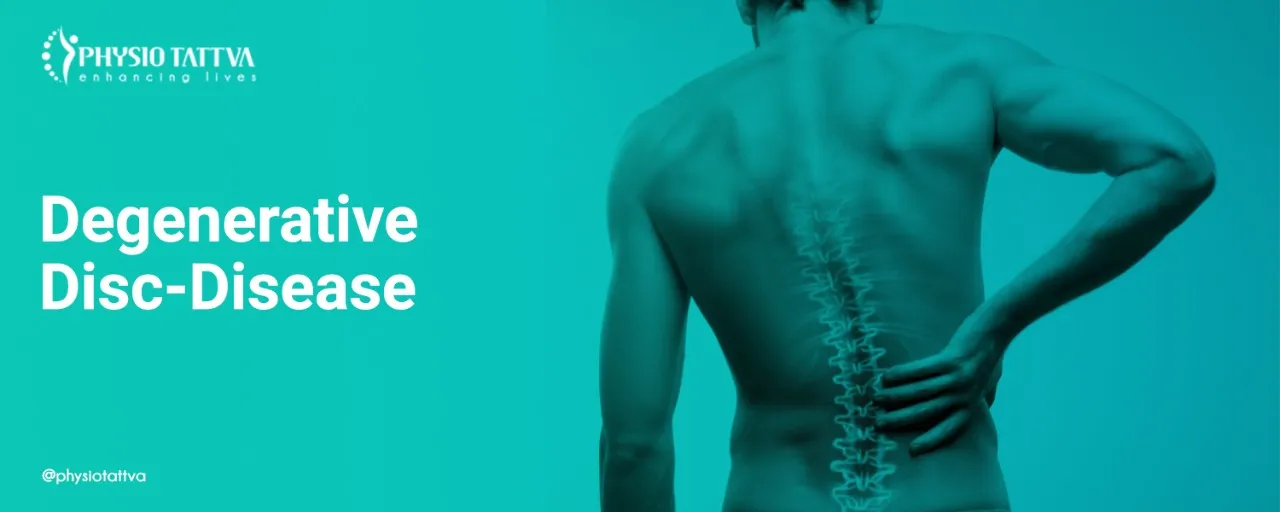

.jpeg)


.webp)
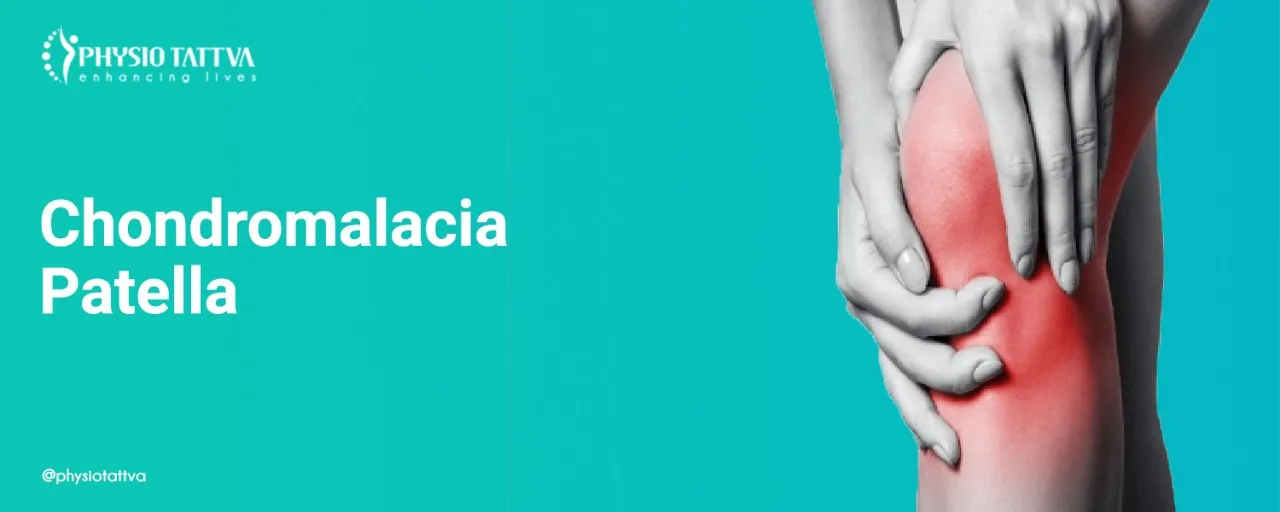

.webp)









.png)




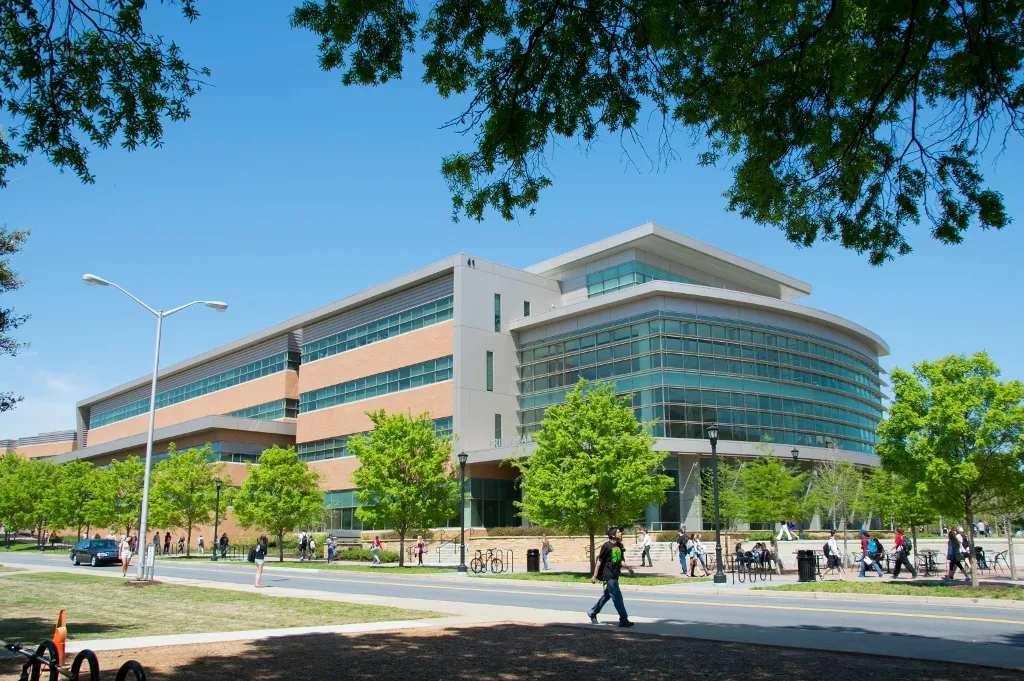



%20(1)-p-3200.jpeg)


.jpg)
.webp)
.webp)
.webp)








